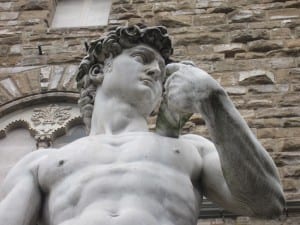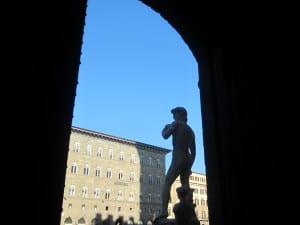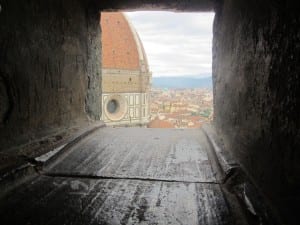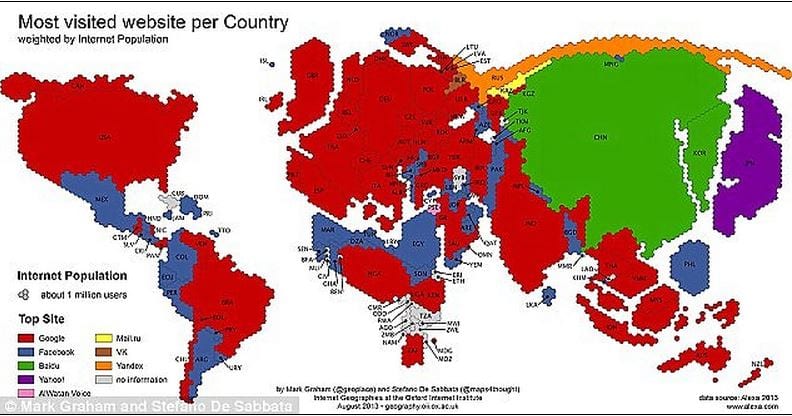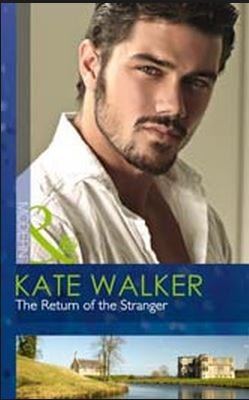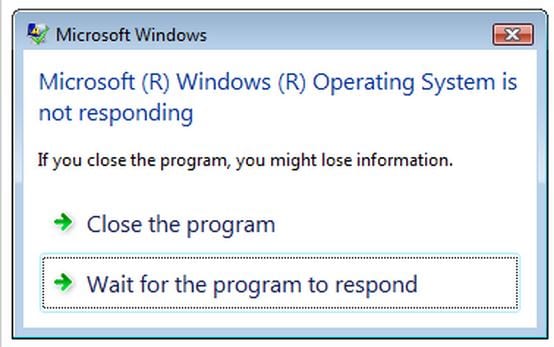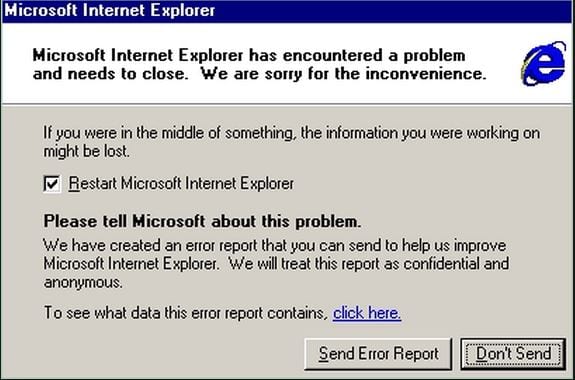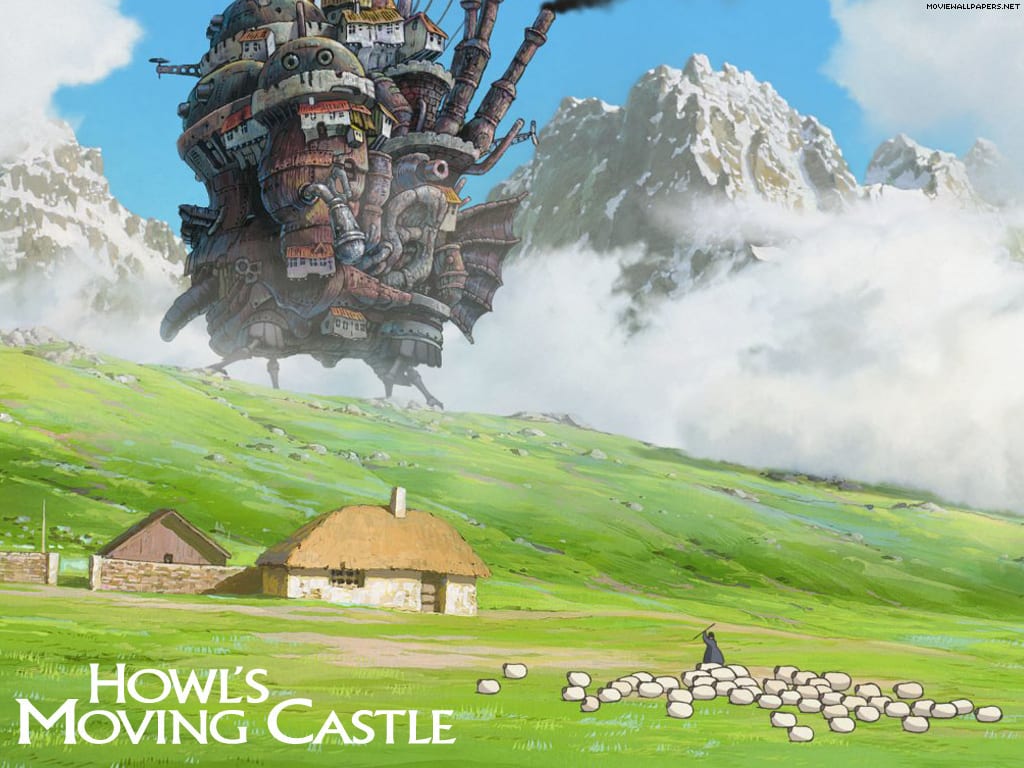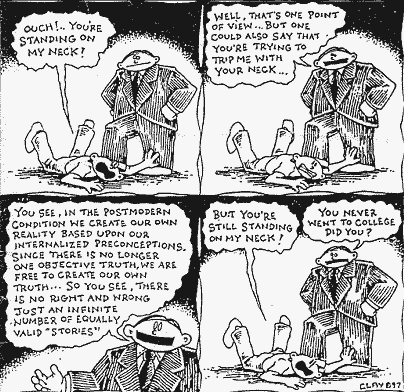Teaching and Learning in a Digital Age (TELEDA) is the university’s first online teacher education programme. It offers 30 M level cats and a second course is being designed to create a PG Certificate in Online Education for commencement next September. Exciting times ahead!
TELEDA 2 opened with a ten day induction period on 23 October. Participants are virtually gathering. Induction is the first step of any online learning experience. It’s time for settling into the course and introducing the tools and outcomes. TELEDA is heavy on reflective practice as well as communication and collaboration. Underpinned with the principles of staged interaction based on Salmon’s Five Step Model and Laurillard’s Conversational Framework, TELEDA has evolved from my experience supporting virtual education as well as being an online learner with the OU.
The new updated Blackboard is an improvement aesthetically. Visual elements influence participation and I find the discussion boards look better. I’m not saying the new Blackboard is perfect but poor design can contribute to resistance and these forums are easier on the eye, have a neat link to unread items plus a facility for bunching conversations. I also like the notification feature which gives an overall indication of new content.
Contrary to what the rhetoric of elearning would have us believe, online education is never an easy option. Garrison and Anderson identify three key presences; teaching, cognitive and social which need to come together, venn diagram style, for successful digital pedagogy. Building an online community (a la Wenger) for sharing practice can create powerful learning experiences. Over the years I’ve seen courses which build online participation through discussions and activities have the highest retention and completion rates.
TELEDA evolved from Embedding OER Practice as well as being a concious decision to multiple-task in resource strapped times. Rather than advise colleagues about creating online environments, I thought the experience of being an online student might be more effective. Using the same principle, I’m designing online workshops for the School of Journalism to precede discussions around developing blended and distance learning. Stepping out alone is challenging but feedback suggests experiential learning as professional development has potential. The internet is here to stay. VLE’s are not going anywhere – regardless how some days we wish the technology might get up and leave the building! For all their problems and difficulties, the vle supports widening participation. The policy worked for me. Now it’s my turn to support whatever any-time any-place any-where format needed to ensure widening higher education experiences remain achievable aspirations rather than impossible dreams.
